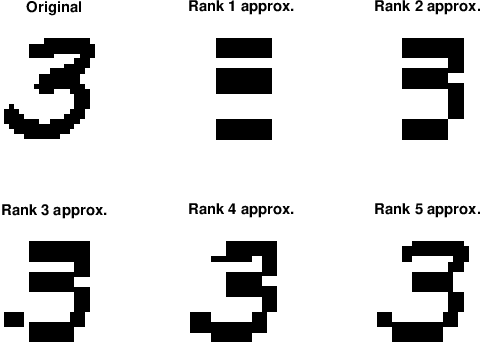Arnab Roy
Vandermonde Constrained Tensor Decomposition for Hybrid Beamforming in Multi-Carrier MIMO Systems
Nov 30, 2022Abstract:Hybrid beamforming has evolved as a promising technology that offers the balance between system performance and design complexity in mmWave MIMO systems. Existing hybrid beamforming methods either impose unit-modulus constraints or a codebook constraint on the analog precoders/combiners, which in turn results in a performance-overhead tradeoff. This paper puts forth a tensor framework to handle the wideband hybrid beamforming problem, with Vandermonde constraints on the analog precoders/combiners. The proposed method strikes the balance between performance, overhead and complexity. Numerical results on a 3GPP link-level test bench reveal the efficacy of the proposed approach relative to the codebook-based method while attaining the same feedback overhead. Moreover, the proposed method is shown to achieve comparable performance to the unit-modulus approaches, with substantial reductions in overhead.
Binary Matrix Factorization on Special Purpose Hardware
Oct 17, 2020



Abstract:Many fundamental problems in data mining can be reduced to one or more NP-hard combinatorial optimization problems. Recent advances in novel technologies such as quantum and quantum inspired hardware promise a substantial speedup for solving these problems compared to when using general purpose computers but often require the problem to be modeled in a special form, such as an Ising or QUBO model, in order to take advantage of these devices. In this work, we focus on the important binary matrix factorization (BMF) problem which has many applications in data mining. We propose two QUBO formulations for BMF. We show how clustering constraints can easily be incorporated into these formulations. The special purpose hardware we consider is limited in the number of variables it can handle which presents a challenge when factorizing large matrices. We propose a sampling based approach to overcome this challenge, allowing us to factorize large rectangular matrices. We run experiments on the Fujitsu Digital Annealer, a quantum inspired CMOS annealer, on both synthetic and real data, including gene expression data. These experiments show that our approach is able to produce more accurate BMFs than competing methods.
Ising-based Consensus Clustering on Specialized Hardware
Mar 04, 2020



Abstract:The emergence of specialized optimization hardware such as CMOS annealers and adiabatic quantum computers carries the promise of solving hard combinatorial optimization problems more efficiently in hardware. Recent work has focused on formulating different combinatorial optimization problems as Ising models, the core mathematical abstraction used by a large number of these hardware platforms, and evaluating the performance of these models when solved on specialized hardware. An interesting area of application is data mining, where combinatorial optimization problems underlie many core tasks. In this work, we focus on consensus clustering (clustering aggregation), an important combinatorial problem that has received much attention over the last two decades. We present two Ising models for consensus clustering and evaluate them using the Fujitsu Digital Annealer, a quantum-inspired CMOS annealer. Our empirical evaluation shows that our approach outperforms existing techniques and is a promising direction for future research.
New crossover operators for multiple subset selection tasks
Aug 06, 2014



Abstract:We have introduced two crossover operators, MMX-BLXexploit and MMX-BLXexplore, for simultaneously solving multiple feature/subset selection problems where the features may have numeric attributes and the subset sizes are not predefined. These operators differ on the level of exploration and exploitation they perform; one is designed to produce convergence controlled mutation and the other exhibits a quasi-constant mutation rate. We illustrate the characteristic of these operators by evolving pattern detectors to distinguish alcoholics from controls using their visually evoked response potentials (VERPs). This task encapsulates two groups of subset selection problems; choosing a subset of EEG leads along with the lead-weights (features with attributes) and the other that defines the temporal pattern that characterizes the alcoholic VERPs. We observed better generalization performance from MMX-BLXexplore. Perhaps, MMX-BLXexploit was handicapped by not having a restart mechanism. These operators are novel and appears to hold promise for solving simultaneous feature selection problems.
 Add to Chrome
Add to Chrome Add to Firefox
Add to Firefox Add to Edge
Add to Edge